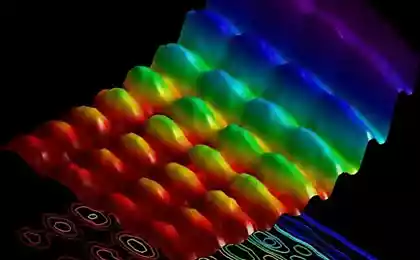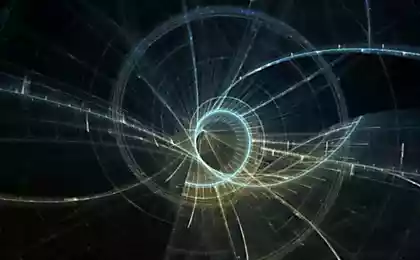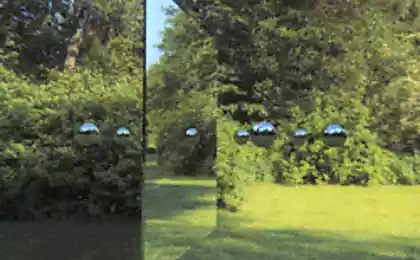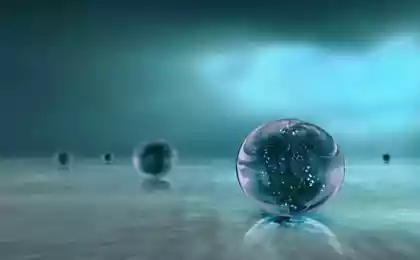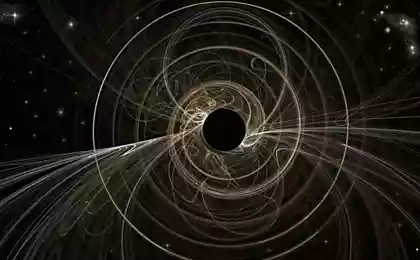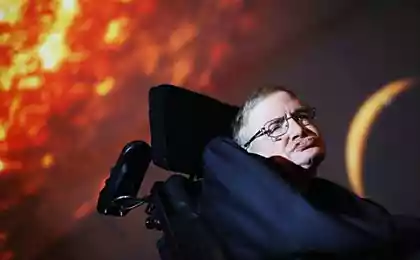453
Physicists have linked the wave-particle duality and the uncertainty principle

A nice surprise: quantum physics is less complicated than it seems. An international team of scientists has proved that two peculiar features of the quantum world previously considered different, were different manifestations of one and the same. The results were published 19 December in Nature Communications.
Patrick Coles, Jedrzej Kanevski and Stephanie Wehner came to his conclusions, working in the Centre for quantum technologies, National University of Singapore. They found that "wave-particle duality" is just a disguised quantum "uncertainty principle", reducing two mysteries to one.
"The connection between uncertainty and wave-particle duality is quite natural when you mean them questions about what kind of information you can obtain about the system. Our result highlights the power of thinking in physics, from the point of view of data," said Wehner, now a Professor of quantum mechanics at Delft University in the Netherlands.
This discovery deepens our understanding of quantum mechanics and can generate a flow of ideas for new applications of wave-particle duality.
Wave-particle duality is the idea that a quantum object behaves like a wave, but the wave behavior disappears if you try to mark the location of the object. Best of all it manifests itself in the double-slit experiment when single particles, say electrons, is passed through a screen with two narrow slits. Particles form an interference pattern on the back wall behind the slits, even if they produce alone, but if scientists are trying to trace, through which slit particles pass, they find themselves just one place. There is a feeling that the particles are fooling us, forbidding us to peek how they do their wave magic.
The quantum uncertainty principle is the idea that it is impossible to know two things about a particle simultaneously. For example, the more precisely you know the position of the atom, the less precisely you can determine the speed at which it moves. This restriction is the basis of nature itself and does not depend on the quality of measurements. New work shows that the amount of information that you can learn about wave behavior of particles (and not of a point particle in the system is limited is exactly the same as the uncertainty principle.
Wave-particle duality and the uncertainty principle was a fundamental concepts of quantum physics from 1900-ies.

"We knew in my gut and only the gut that there's got to be a connection," says Coles.
There is a possibility to write down the equations that show how much you can learn about a couple of properties arising from the uncertainty principle. Coles, Kanevsky and Wehner are experts in the types of such equations known as "entropic uncertainty relation" — found that all the math previously described wave-particle duality, can be rewritten in terms of these ratios.
"If we would have found the "Rosetta stone" that combined two different languages, " says Coles. — Literature of the corpuscular-wave dualism was hieroglyphics that we could now translate into their native language. We had a few moments with "Eureka!" when we finally got it".
Because the entropic uncertainty relation is used in the field of quantum cryptography — encryption schemes using quantum particles — the researchers suggest that their work will inspire engineers to create new encryption protocols.
In the earlier work of Wehner and colleagues found a connection between the uncertainty principle and other physics — quantum "nonlocality" and the second law of thermodynamics. The next goal of the researchers is the understanding of how these puzzle pieces can be put together to form an overall picture of the structure of nature.
Source: hi-news.ru
